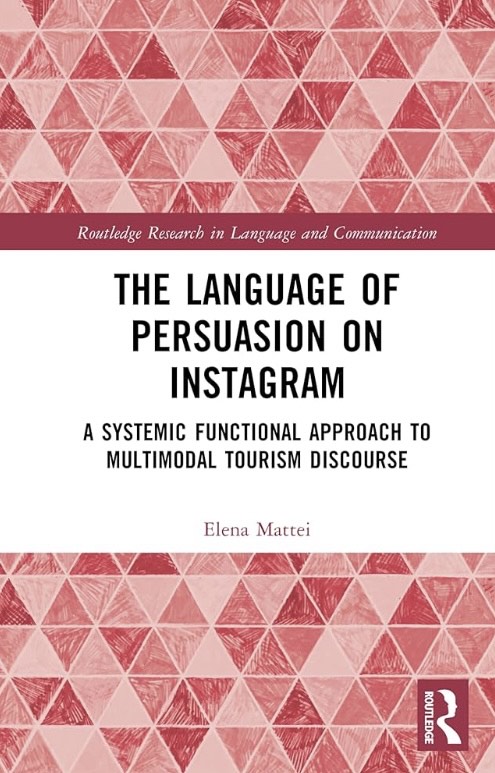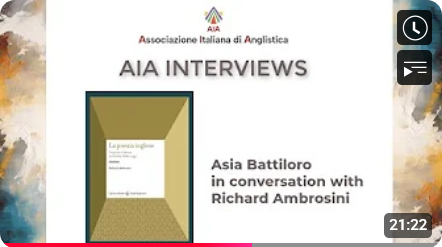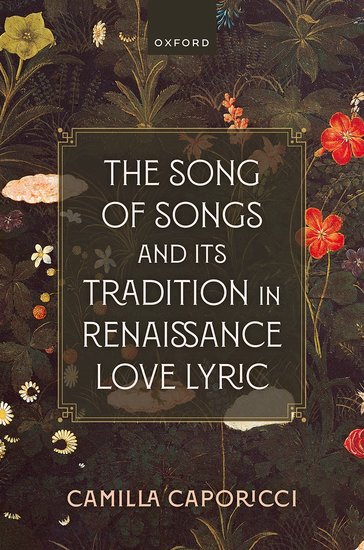***CALL FOR PAPERS***de genere – Rivista di studi letterari, postcoloniali e di genere Ecologie femministe e intersezionali nella letteratura e nella cultura visualeA cura di Giulia Fabbri (Sapienza Università di Roma) e Chiara Xausa (Università di Bologna) In un articolo del 2008 dal titolo Ecofeminism without Nature?, Stacy Alaimo scrive che le possibilità di collegare femminismi e ambientalismo sono molteplici. Sarebbe però un errore, aggiunge, presupporre che i femminismi siano intrinsecamente ambientalisti o orientati verso la giustizia multispecie, dal momento che non esiste un’alleanza naturale tra queste prospettive. Poiché la storica associazione tra donne e natura è stata a lungo considerata una delle radici principali della sottomissione femminile, parte del femminismo ha tentato di separare la categoria di donna dalla sfera della natura per avvicinarla a quella della cultura – la cosiddetta flight from nature, “fuga dalla natura” (Alaimo 2000) –, rinunciando a interpretare criticamente e a superare il dualismo cultura/natura. L’ecofemminismo muove proprio da queste dicotomie gerarchizzanti (cultura/natura ma anche umano/non-umano, uomo/donna e molte altre) in cui il temine normativo incarna l’universalità mentre i soggetti altri vengono subordinati al mondo del non valore, e invita a superare la visione dualistica della realtà e i valori di dominio, sfruttamento e disuguaglianza che questa porta con sé. A partire dalla sua prima teorizzazione nello scritto di Françoise d’Eaubonne del 1974, Le féminisme ou la mort, l’ecofemminismo si sviluppa come una corrente del femminismo esplicitamente ecologica, che sostiene l’esistenza di una intersezione strutturale tra il dominio patriarcale delle donne e la subordinazione della natura. Questo numero di de genere intende allargare lo sguardo oltre la connessione donne-natura, con l’obiettivo di evidenziare come il pensiero elaborato da soggettività marginalizzate sulla base delle identità di genere e dell’orientamento sessuale, della razza, della disabilità e di altre categorie possa offrire un contributo prezioso alle traiettorie di ricerca delle Environmental Humanities. Accogliamo quindi contributi che rispondano all’invito fatto da Stacy Alaimo nel suo libro più recente Exposed. Environmental Politics and Pleasures in Posthuman Times (2016, tradotto in italiano nel 2024): creare nuove possibilità per rendere produttive e generative queste alleanze, tensioni e, a volte, contraddizioni ed estenderle oltre il territorio nel quale femminismi e ambientalismo sembrano sovrapporsi. Gli sviluppi teorici più recenti nell’ambito della riflessione sulle Environmental Humanities hanno messo in luce diverse intersezioni tra femminismi, teorie queer, giustizia climatica, questione animale e decolonialità, contribuendo a smantellare i rapporti su cui i sistemi di oppressione si reggono: si pensi, ad esempio, a Beasts of Burden: Animal and Disability Liberation di Sunaura Taylor (2017), Aphro-ism: Essays on Pop Culture, Feminism, and Black Veganism from Two Sisters di Aph Ko e Syl Ko (2018), Queer Ecologies: Sex, Nature, Politics, Desire di Catriona Mortimer-Sandilands e Bruce Erickson (2010) e Queer Ecofeminism: From Binary Environmental Endeavours to Postgender Pursuits di Asmae Ourkiya (2023). Negli ultimi anni anche l’Italia ha assistito alla pubblicazione di importanti testi (italiani o tradotti) che propongono riflessioni sui sistemi di oppressione che coinvolgono in modo intersezionale tanto i soggetti umani quanto le molteplici alterità non umane – basti pensare, a titolo non esaustivo, ai volumi Per farla finita con la famiglia di Angela Balzano (2021), Cosa può un compost di Antonia Anna Ferrante (2022), Cospirazione animale di Marco Reggio (2022) e Animali si diventa di Federica Timeto (2024). Tali testi contribuiscono allo sviluppo nel contesto italiano di un dibattito e di una teorizzazione sulle articolazioni dell’Antropopatriarcato, in un momento storico, come quello attuale, in cui emerge in modo evidente come gli effetti della crisi ambientale hanno un impatto differenziato sulle diverse categorie di soggetti. Questo numero monografico intende mappare (in modo inevitabilmente parziale) le zone di interazione tra le teorie e le pratiche femministe intersezionali e le Environmental Humanities nella letteratura e nella cultura visuale di diversi contesti nazionali e/o attraverso una prospettiva comparata. Sia nella letteratura che nella cultura visuale, infatti, gli intrecci tra ecofemminismi e trasversalità delle lotte non sono ancora stati oggetto di analisi sistematiche. Siamo interessate quindi a contributi che analizzino le rappresentazioni culturali di tali intersezioni ponendo l’attenzione su differenti questioni (tra cui femminismo e postumano, ecofemminismo e intersezionalità, genere e cambiamento climatico, ecologie queer, questione animale) e attraverso diverse prospettive di analisi (tra cui studi post- e decoloniali, critical race theory, teoria queer, epistemologie indigene, disability studies). Una lista non esaustiva di possibili aree di indagine include: climate fiction/solarpunk/eco-fiction;teatro e arti performative;cinema, fotografia, televisione, webseriesarte, artivismo e pratiche estetiche Per proporre un contributo (articoli, interviste, interventi artistici) inviare un abstract di massimo 500 parole in italiano o in inglese e una breve biografia a degenere.journal@gmail.com e in CC a giulia.fabbri@uniroma1.it e chiara.xausa2@unibo.it. Per le linee guida per l’invio di una proposta ed altre informazioni controllate la nostra pagina con le linee guida. Consegna abstract: 30 settembre 2024Comunicazione articoli accettati: 15 ottobre 2024Consegna articoli: 15 febbraio 2025 Bibliografia Adams, Carol. 2020. Carne da macello. La politica sessuale della carne. Milano: Vanda, Milano. Alaimo, Stacey. 2008. “Ecofeminism Without Nature: Questioning the Relation Between Feminism and Evironmentalism”, International Feminist Journal of Politics, 10 (3): 299-304. Alaimo, Stacey. 2016. Exposed. Environmental Politics and Pleasures in Posthuman Times. Minneapolis: University of Minnesota Press. Balzano, Angela, Elisa Bosisio e Ilaria Santoemma, a cura di. 2022. Conchiglie, pinguini staminali. Verso futuri transpecie. Roma: DeriveApprodi. Balzano, Angela. 2021. Per farla finita con la famiglia. Dall’aborto alle parentele postumane. Milano: Meltemi. Barad, Karen. 2017. Performatività della natura. Pisa: ETS. Braidotti, Rosi. 2020. Il postumano (3 Voll.). Roma: DeriveApprodi. d’Eaubonne, Françoise. 1974. Le féminisme ou la mort, P. Horay. Demos, T.J. 2017. Against the Anthropocene. Visual Culture and the Environment Today. London: Sternberg Press. Ferrante, Antonia Anna. 2022. Cosa può un compost. Fare con le ecologie femministe e queer. Roma: Luca Sossella Editore. Fiskio, Janet, 2021. Climate Change, Literature, and Environmental Justice. Poetics of Dissent and Repair. Cambridge: Cambridge University Press. Guaraldo, Emiliano. 2022. “The Anthropocene and the Aesthetics of Planetary Abstraction”. In On the Interplay of Images. Imaginary and Imagination in Science Communication, a cura di Andreas Metzner-Szigeth, 163-178. Firenze: Olschki. Haraway, Donna. 2019. Chthulucene. Sopravvivere su un pianeta infetto. Roma: Nero. Ko,






